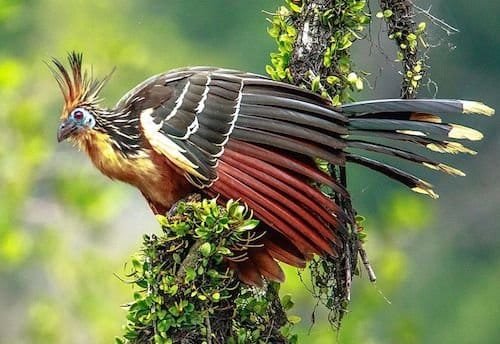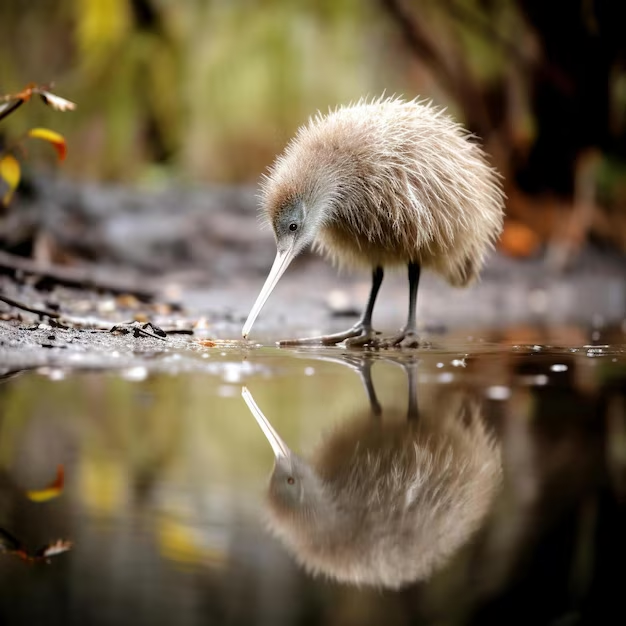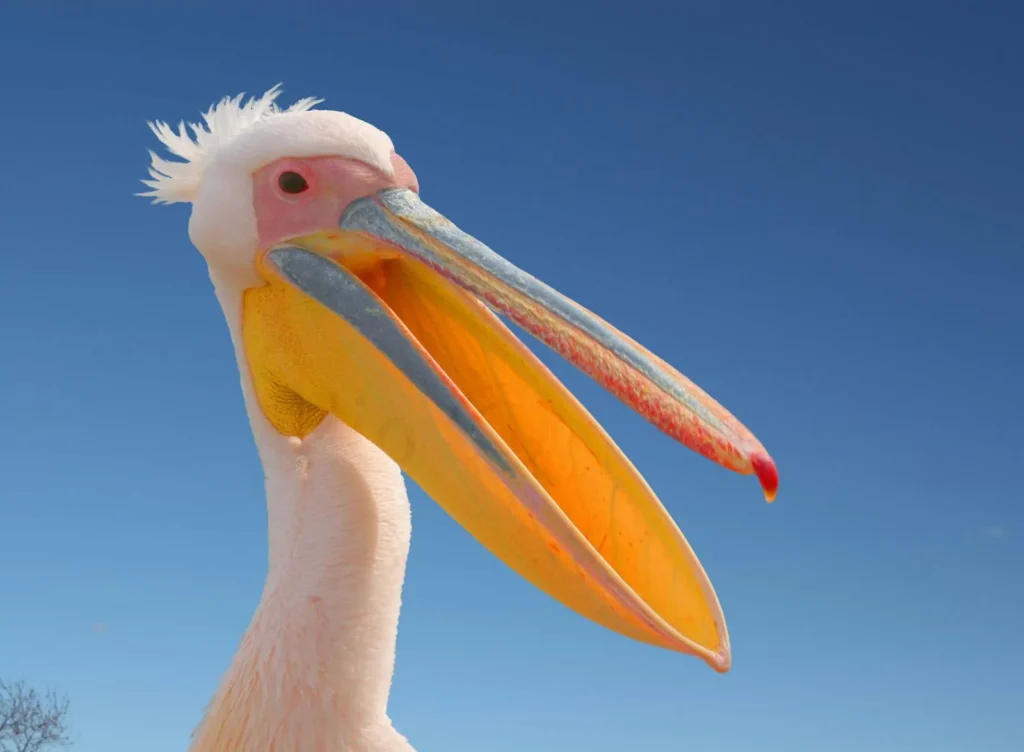Birds are some of the most fascinating creatures on Earth. But did you know that some birds have been around for millions of years — long before humans ever existed? These “living fossils” have changed very little over time, surviving major changes to the planet and outlasting the dinosaurs.
Here are five ancient birds that continue to live today, connecting us to Earth’s prehistoric past.
1. Hoatzin (Opisthocomus hoazin)

🦜 The Stinky, Clawed Chick from the Amazon
The hoatzin is one of the weirdest birds alive — and one of the oldest. Found in the swamps and rainforests of South America, this bird has some truly ancient features.
- Chicks are born with claws on their wings, which they use to climb trees — just like prehistoric birds.
- It eats leaves and ferments them in a special stomach, kind of like a cow.
- Scientists believe the hoatzin line has been around for over 64 million years.
Its mix of strange features has made it difficult to classify — it’s like a living time capsule.
2. Cassowary (Genus: Casuarius)

🦖 The Dinosaur Bird of the Rainforest
The cassowary is a large, flightless bird native to New Guinea and northern Australia. With its powerful legs, helmet-like head crest (called a casque), and colorful neck, it looks like it walked straight out of the Jurassic era.
- Cassowaries are closely related to emus and ostriches, which all descend from ancient flightless birds.
- They can run up to 30 miles per hour and jump nearly 5 feet high.
- Some scientists say cassowaries give us the closest idea of what small theropod dinosaurs might have looked like.
They’ve remained mostly unchanged for millions of years — and they’re still considered one of the most dangerous birds on Earth!
3. Shoebill Stork (Balaeniceps rex)

The Living Dinosaur with a Shoe-Shaped Beak
The shoebill stork is a giant bird from central Africa, known for its massive, shoe-shaped bill and slow, prehistoric movements. Though it looks like a stork, it’s actually more closely related to pelicans.
- It can stand over 4 feet tall, with a wingspan of over 8 feet.
- Its hunting style is slow, silent, and deadly — much like ancient water birds.
- Its origins date back to early bird evolution, and its fossils suggest it has barely changed in millions of years.
The shoebill’s calm, eerie stare and dinosaur-like features make it look like a creature from a lost world.
4. Kiwi (Genus: Apteryx)

The Flightless Nightwalker from New Zealand
The kiwi is a small, flightless bird that lives in New Zealand. It’s one of the most unique birds alive today — and one of the oldest.
- Kiwis are part of a group of ancient flightless birds called ratites, which includes ostriches and emus.
- Their ancestors are believed to have existed for over 50 million years.
- Unlike most birds, kiwis have nostrils at the end of their beaks, helping them smell insects and worms underground.
Despite their small size, kiwis lay one of the largest eggs relative to body size of any bird.
5. Pelican (Family: Pelecanidae)

The Ancient Fishermen of the Sky
Pelicans are large water birds found all over the world. While they may seem modern, pelicans have been soaring above the water for more than 30 million years.
- Fossils of ancient pelicans show almost identical skull structures to today’s species.
- Their large throat pouch, used for scooping fish, hasn’t changed much over time.
- Pelicans appear in ancient art from Egypt and Greece — showing how long humans have admired them.
Their efficient design and group-fishing behaviors have stood the test of time.
Why These Birds Matter
These birds are more than just fascinating — they’re survivors. Through ice ages, extinctions, and changing ecosystems, they’ve found ways to adapt and live on.
Studying them helps scientists learn about:
- How birds evolved from dinosaurs
- What life was like in ancient times
- Why some animals survive while others go extinct
These ancient birds are living proof that evolution doesn’t always mean change — sometimes, being well-designed from the start is enough to survive millions of years.

